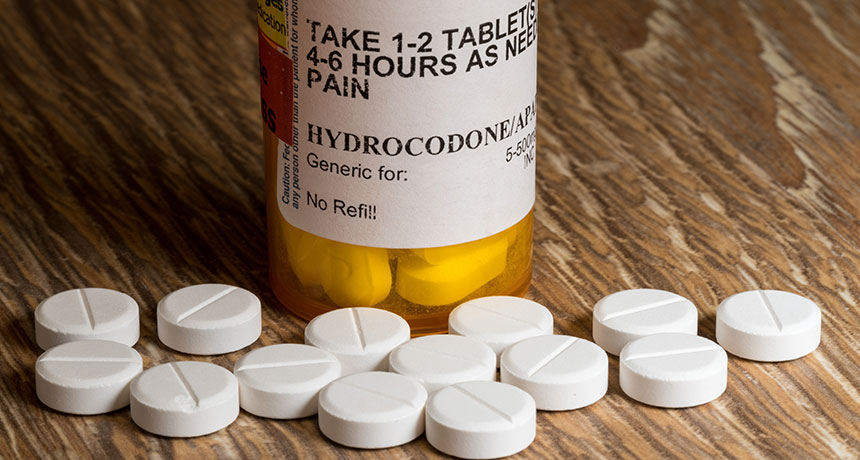Even short-term opioid use can set people up for addiction risks
Patients prescribed 30 or more pills for an ankle sprain are more likely to seek refills

DOCTOR’S ORDERS Opioids may seem like overkill for an ankle sprain. But some people who visited ERs with the minor injury in 2011 and 2012 were prescribed the drugs, raising questions if some are being needlessly exposed to the potentially addictive painkillers, a new study finds.
Steve Heap/Shutterstock







